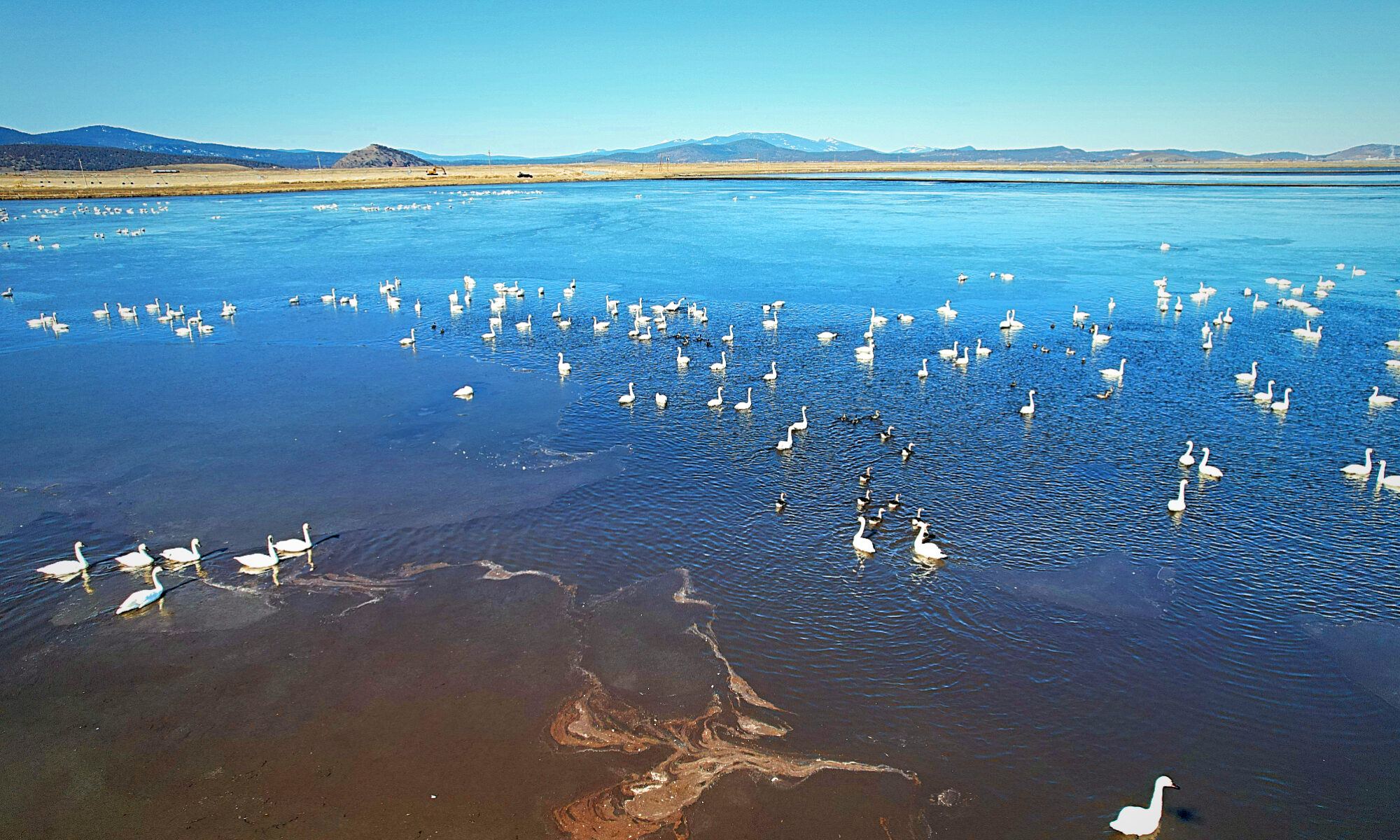Klamath Drainage District
Good for Wildlife. Good For Klamath Basin Communities.
Established in 1915, the Klamath Drainage District (KDD) has been an important region for Klamath Basin agriculture. Rich, lake-bottom soil makes it an ideal to grow pasture for beef and dairy cattle as well as grain, alfalfa, potatoes, and organic crops.
While the landowners in KDD are proud of their farms and ranches, what also makes this area special is the access wildlife has to the fields and pastures. One of the largest populations of bald eagles in the continental United States hunts these lands, as well as other raptors and coyotes. Muskrats, frogs, Western pond turtles and the occasional otter make their home in our ditches and drains. And during migrations geese, ducks, and swans stop to rest before continuing on their travels. Being across from Lower Lake National Wildlife Refuge has made the fields and ditches in the Klamath Drainage District a saving grace for birds during dry years.
When KDD is successful, so is wildlife and our surrounding communities. The animals and birds, folks who in live in the Klamath Basin benefit from the abundance in the fields and pastures, as well as the water in the canals and ditches. Between the jobs provided by the farms and ranches, the tourists who make their way though our drainage district to view the wildlife, and our ability to help out nearby irrigation districts when needed, KDD is able to be a positive force in our communities.
